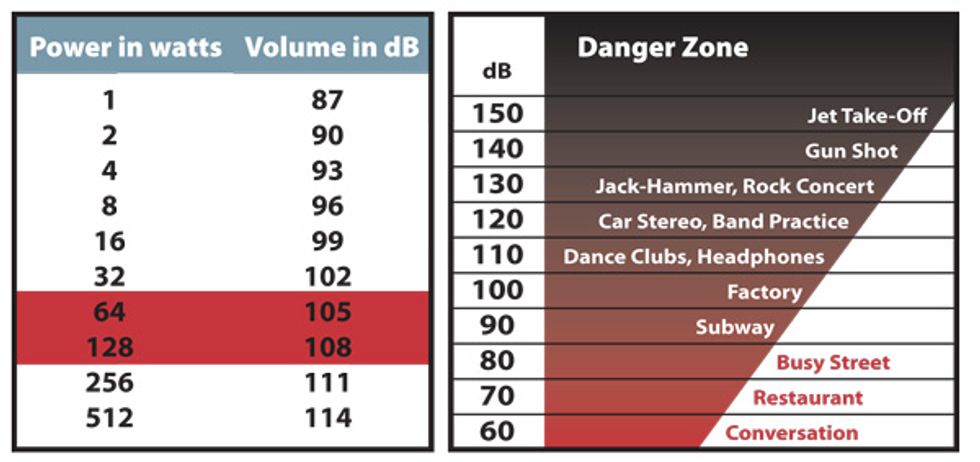Speaker basics from Tony Pasko
Greetings, I am very excited to be here at Premier Guitar and I hope to bring a different point of view through my articles. For the past 15 years I have held management positions at top instrument manufacturers, where my responsibilities were to design products for musicians. I’m a musician, and that’s what I brought to the products: What are the fit, the form, and the function to the musician? Does the feature set justify the price? I’ll lay out the facts, so you can make more educated purchases.

So Let’s Get Started
There are tons of great speakers in the market today, and they all fit a function, but how do you know which one is the right one for you? Speakers are one of the most overlooked elements about your guitar tone. Most of us spend an agonizing amount of time tweaking and fine-tuning our gear—we fuss with our amp’s EQ, add multi-effects, buy pedals, swap out pickups. All these things you can do to help shape your guitar tone, but it always comes down to one thing: how is that signal being represented through the speaker?
The thing you want to consider is that what you like or dislike about your guitar tone could very well be the speaker—it is after all 40 percent of your tone. Picture your amplifier as a sports car. Now picture your speakers as the tires. The wrong speaker in an amp is like having bicycle wheels on your sports car. That’s how important the speakers are.
Wattage vs. Volume
This is a huge misconception among musicians. These two ratings are not the same. 50 watts isn’t half as loud as 100 watts. Wattage really comes into play when you start considering your function—how many watts is going to produce the level of volume you need for band practice, or playing a club?
Chart 1 (left) answers this question. As you can see, lower wattage amplifiers can produce quite a bit of volume. The biggest thing the chart points out is that 60 watts is only 3dB less in actual volume than 120 watts. Amplifiers by nature distort the louder they go, which brings you back to how clean you need to be at a certain volume—and how loud is 108dB, anyway?
Chart 2 (right) shows how decibel levels translate to everyday life. Remember, if you have a 120-watt head and a 4x12 cab with four 30-watt speakers, you have to turn up pretty loud to use your speakers correctly. If you’re playing in an average-sized bar, then maybe you have too much power for your function. You’ll have to turn down your amp and sacrifice tone, and we all know how that blows.
This is a little food for thought. Now that we’ve opened this Pandora’s Box, we’ll look next time at how speakers distort, and the difference between good distortion and bad distortion. Knowing what to listen for can make all the difference in the world when picking out the right speaker.
Tony Pasko
For more than 15 years Tony has been a music industry professional, conducting clinics and in-store training seminars world-wide for Peavey, Washburn, Eden Amps and Parker Guitars, as well as involvement in product development. He’s also an experienced performing musician.

